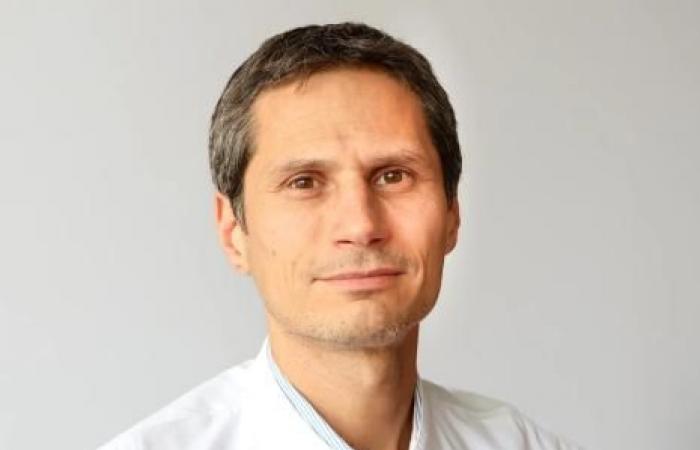
It has been a few months since the latest recommendations of the European Cardiology Society (ESC) on the management of atrial fibrillation (FA). And according to Professor Frédéric Sacher, rhythmologist at the CHU de Bordeaux and president of the Rhythmology Group of the French Cardiology Society (SFC), the main message that emerges from these new recommendations is clear: “You have to go to a more global management of atrial fibrillation. »»
AF-Care, new ABC of care
Instead of the old “ABC” (anticoagulation, better control, comorbidity), the new ESC recommendations rather defend a new concept: AF-Care, for comorbidities, anticoagulation, reduction in symptoms and evaluation/reassessment.
Thus, the document first puts the emphasis on taking into account the comorbidities and risk factors presented by any patient with atrial fibrillation: high blood pressure, heart failure, diabetes, overweight and obesity, alcohol consumption, sedentary lifestyle. class I recommendations thus encourage to correct any hypertension by treatment aimed at a target of 120-129/70-79 mmHg, to optimize the management of heart failure by the use of SGLT2 diuretics and inhibitors, to control blood sugar, to be sought-in the event of overweight-a weight loss of at least 10 % of the body weight Moderate to intense physical activity program, and to maintain or reduce alcohol consumption for less than three glasses per week.
And for good reason: “The Australian Arrest-Af study, presented last year at AHA and published in early 2025, has shown that aggressive treatment of comorbidities and risk factors makes it possible to very significantly improve the result of the treatment of atrial fibrillation, more than a removal alone (without particularly intense care for comorbidities) »summarizes Pr Sacher. In this test conducted in individuals with a BMI greater than 27, aggressive management of risk factors, in addition to the removal of FA, would allow an improvement of 53 % of survival without arrhythmia, compared to ablation alone.
-One can however wonder about the feasibility of such recommendations. “We have known for a long time – And patients know – that you have to quit smoking, consume fruits and vegetables, do physical activity, etc. But in fact, changing the habits of life remains difficult ”, deplore Professor. In the eyes of the rhythmologist, a solution could be inspired by “FA clinics”. “In these centers, which develop in Canada and Australia – – and that some try to set up in France -, patients who come for removal are also oriented towards professionals dedicated to the management of comorbidities ”describes Pr Sacher. In the meantime, in France, it is the role of the treating cardiologist and the general practitioner to take care of the comorbidities – but they sometimes remain lonely in this care. “The overall management of atrial fibrillation pushes to work in a network, too, at the Bordeaux University Hospital, we try to structure a project around a nurse in advanced practice to help centralize this care”indicates Pr Sacher.
L’anticoagulation orale 2.0
Anticoagulation also evolves in these recommendations. If, in non -valvular atrial fibrillations, the introduction of oral anticoagulants still depends on the risk score of stroke2DS2-A, it changes slightly. “Previously, the score took into account sex, and added a point to women; However, patients ultimately do not seem to be at risk of stroke than their male counterparts, so that sex no longer takes into account in the calculation of the risk of stroke according to the score CHA2DS2-VA »reports Pr Sacher.
In addition, still in terms of anticoagulation, the recommendations question the driving to be taken in the event of asymptomatic atrial fibrillation detected by the heartache, defibrillators and implantable Holters stimulators. Two important recent studies (Noah-Afnet 6 and Artsia) having assessed the interest of anticoagulant treatment in this indication showed different results. If, for episodes of more than 24 hours, anticoagulation is in order, there is a “Class 2B recommendation inviting to consider anticoagulation on a case -by -case basis, depending on the risk of hemorrhagic” For atrial fibrillations of less than 24 hours identified in this context. The recommendations also insist on the need for follow -up, 25 % of cases evolving towards episodes of more than 24 hours.
The last two elements of the Care concept-reduction of symptoms and evaluation-ultimately highlight the importance of treatment of atrial fibrillation itself, and patient monitoring to achieve better control, the need of which is underlined by the previous recommendations. “We must continue to reduce the symptoms, possibly by going to ablation, and regularly re -evaluating treatment over time”insists Pr Sacher.







